In the summer of 2022, renowned oceanographer Dr. Dawn Wright embarked on a historic journey into Challenger Deep, the deepest known point in Earth’s oceans. Located in the Mariana Trench, over 6.7 miles beneath the Pacific Ocean’s surface, Challenger Deep is a mysterious and largely unexplored abyss. Wright, dubbed “Deepsea Dawn,” ventured into the trench aboard the submersible Limiting Factor, piloted by Victor Vescovo, founder of Caladan Oceanic. This groundbreaking mission was part of a broader initiative to map and understand Earth’s least explored environments.
A Shocking Discovery
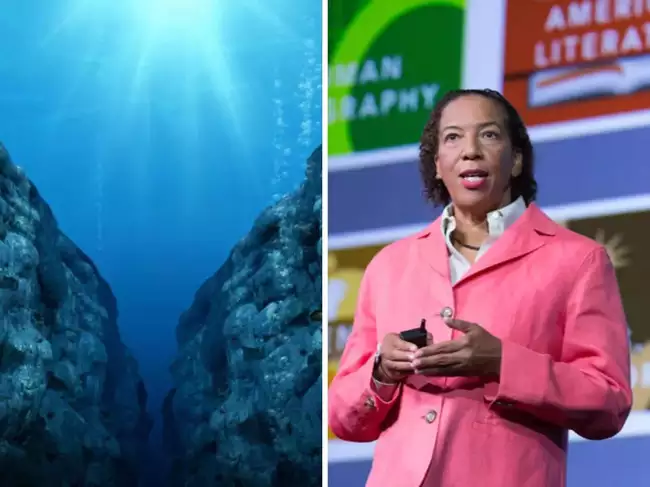
As Wright descended into the depths of the Mariana trench, she relished the opportunity to explore a previously untouched world. However, what she found upon reaching the bottom was anything but pristine. There, buried in sediment, lay a single beer bottle, its label remarkably intact. This harrowing discovery underscored humanity’s profound impact on even the most remote parts of the planet. “This discarded trash had managed to reach an unsullied part of our world before we actually did,” Wright wrote in an op-ed for the Los Angeles Times. She called the bottle a symbol of humanity’s irreversible environmental footprint.
Read More: Mysterious and Uncharted Structures Discovered Beneath the Pacific Ocean
Pollution in the Deep
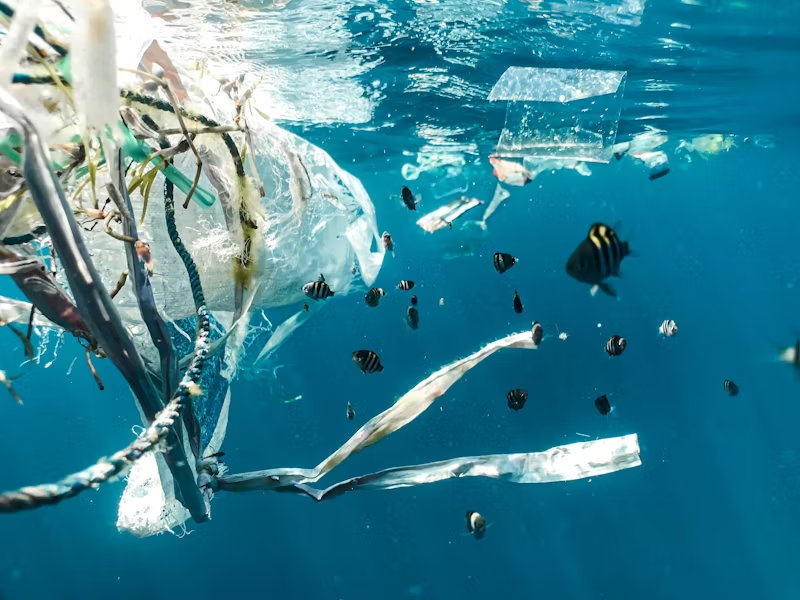
The discovery of the beer bottle is not an isolated incident. The Mariana Trench has already been found to contain plastic bags and candy wrappers, illustrating the alarming extent of ocean pollution. Even the world’s highest peak, Mount Everest, has earned the nickname “the world’s highest garbage dump,” with trash littering its frozen heights. This accumulation of waste is a stark reminder of the global scale of pollution.
Humanity’s Invisible Mark

The implications of finding trash as deep as the Mariana trench are profound. Microplastics, which often result from the breakdown of larger debris, have been detected in the ocean’s deepest regions. These microplastics not only harm marine ecosystems but also infiltrate the food chain, eventually affecting human health. Research has linked microplastic exposure to various health issues, including heart disease, infertility, and cancer. The beer bottle at Challenger Deep serves as a potent reminder that no corner of the planet is untouched by human activity.
Read More: New Biomass Foam Soaks Up 99.9% of Microplastics Could Pave the Way for Cleaner Oceans
The Role of Ocean Mapping
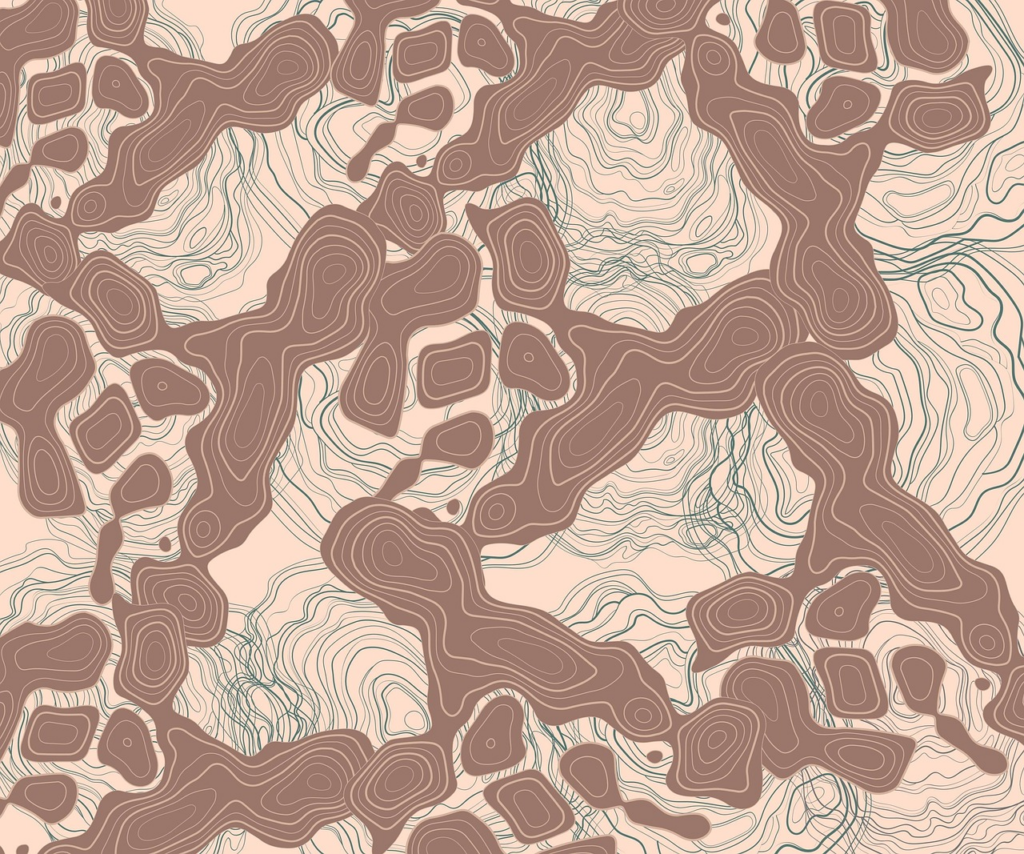
Dr. Wright emphasized the importance of detailed mapping technology to fully understand the ocean floor. Using Geographic Information System (GIS) technology, she advocates for a comprehensive mapping of the ocean by 2030. These maps are critical for understanding heat patterns in the ocean, which can influence weather systems, including hurricanes. With climate change intensifying storms, understanding these patterns is vital to predicting and mitigating future disasters.
The Internet Reacts
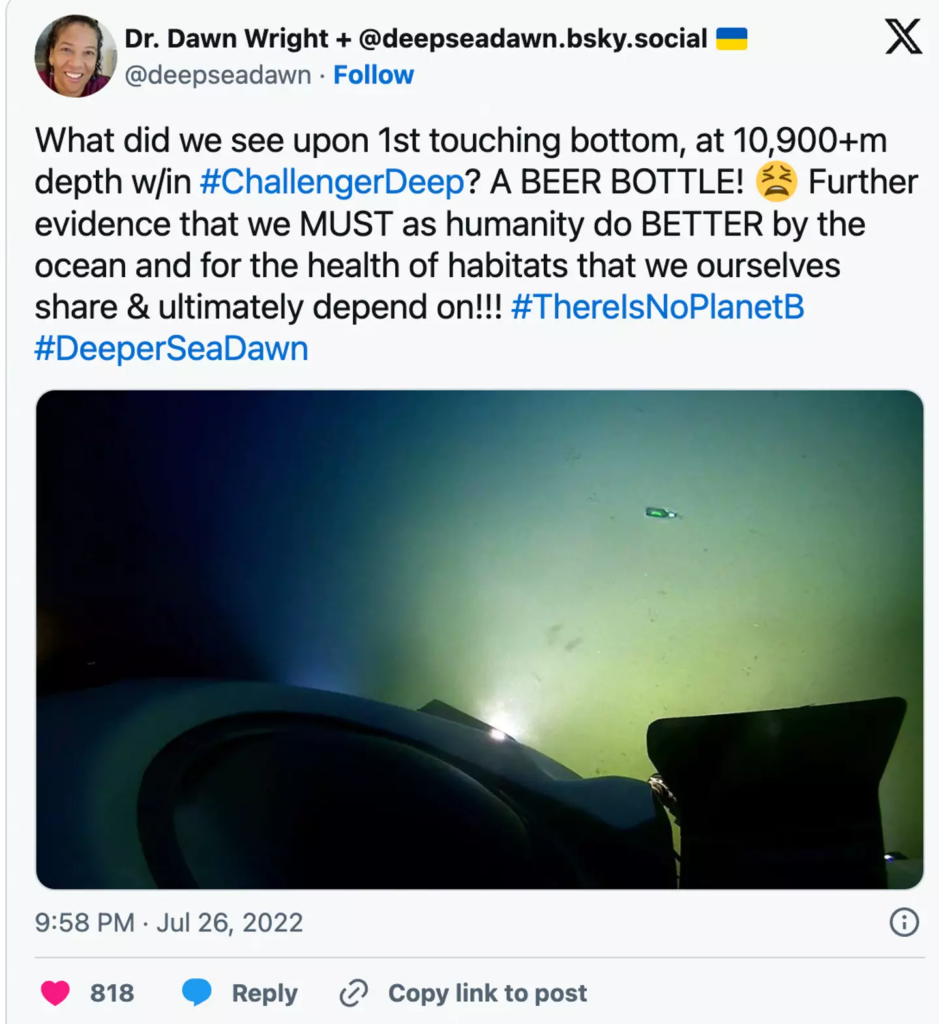
News of the discovery in the Mariana Trench quickly spread, sparking outrage and introspection online. Social media users expressed dismay at the beer bottle’s presence in Challenger Deep. “F****** humans littering up our planet without regard,” one Reddit user lamented. Others echoed similar sentiments, labeling the find as both disheartening and unsurprising. Many called for collective action to reduce pollution and protect Earth’s fragile ecosystems.
Read More: Massive, deep-sea ‘entity’ leaves ocean scientists ‘blown away’
Lessons from the Abyss
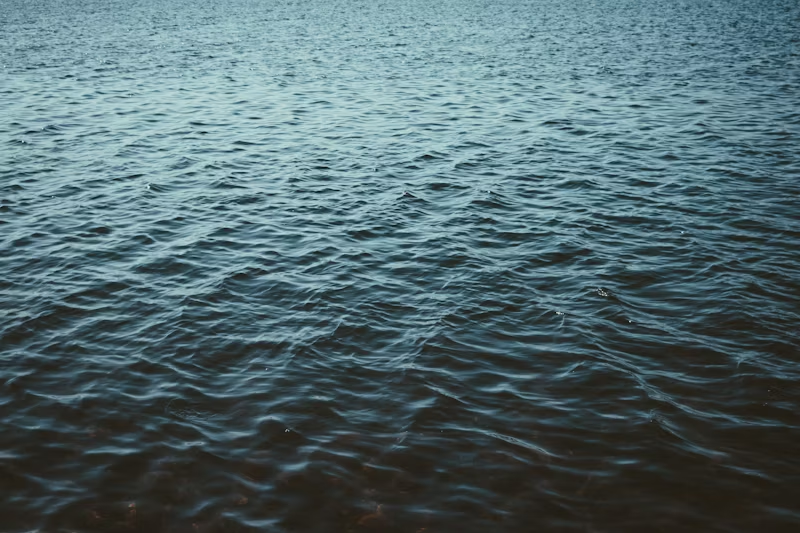
The Mariana Trench’s state serves as a stark warning about the global impact of waste mismanagement. Simple lifestyle changes—such as using reusable bags and bottles—can significantly reduce the amount of trash entering the ocean. Additionally, minimizing the production of single-use plastics could prevent further contamination of remote areas like Challenger Deep.
Hope for the Future
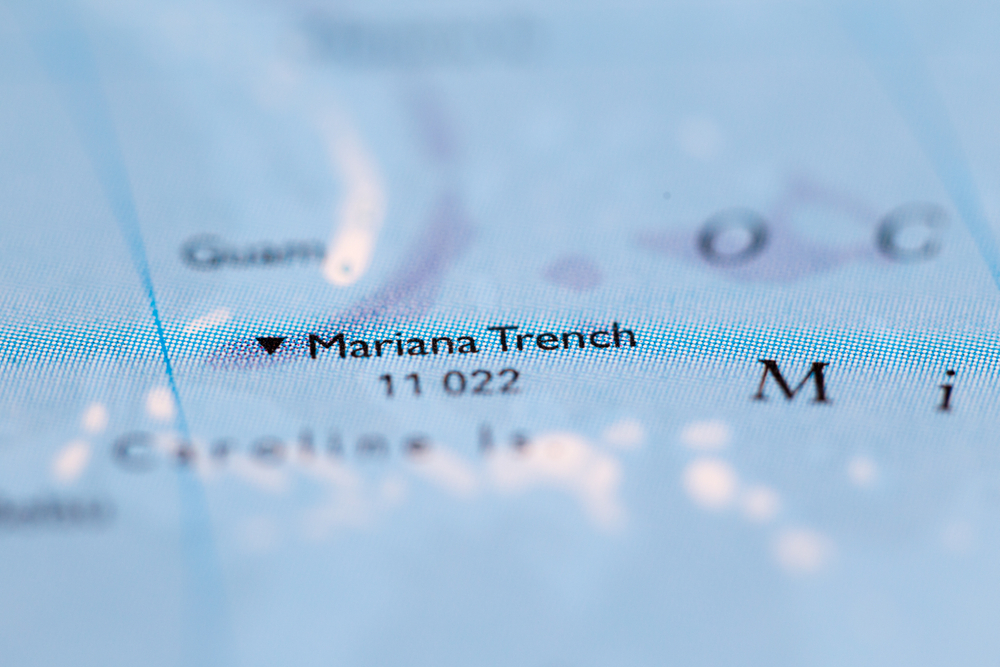
Despite the discoveries in Mariana Trench, Wright’s mission highlights the importance of continued exploration and scientific innovation. Her work sheds light on humanity’s responsibility to preserve the planet for future generations. As she reflected in her op-ed, “We must as humanity do better by the ocean and for the health of habitats that we ultimately depend on”. With efforts like ocean mapping and increasing awareness of pollution, there is hope that we can mitigate the damage and protect Earth’s remaining pristine environments.

